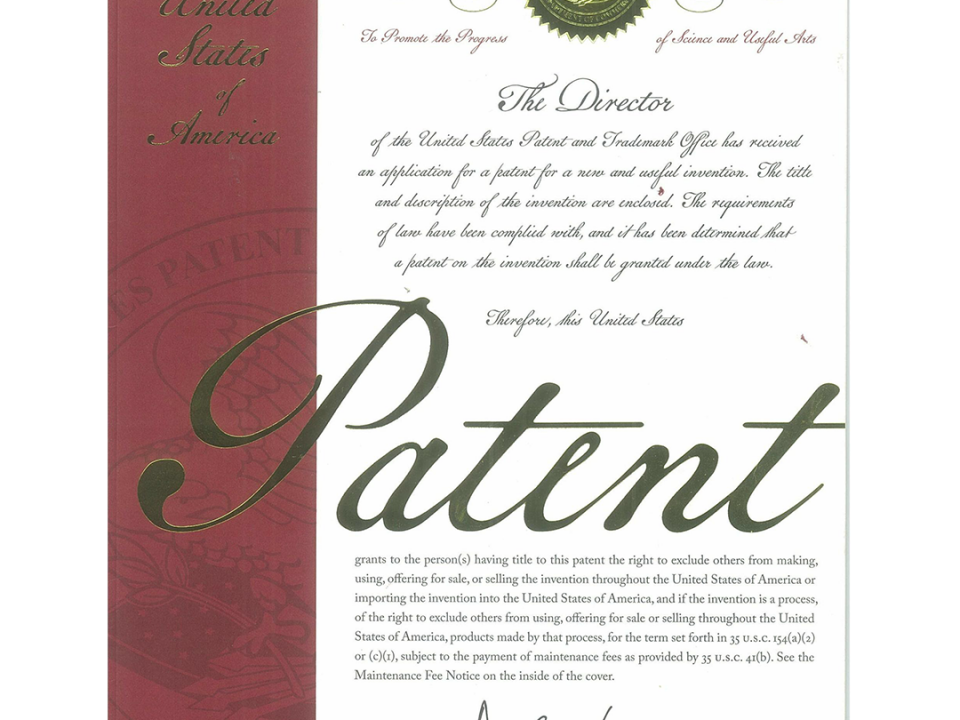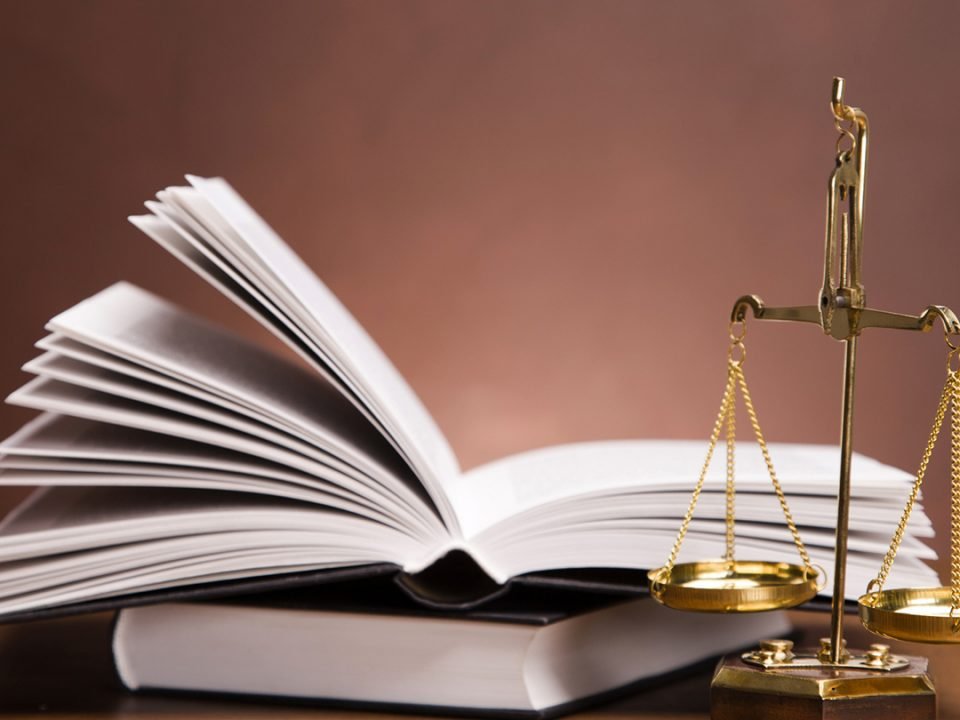Patents: The Art of War
in Prior Art.

Since the America Invents Act (AIA) became law on September 16, 2011, the United States patent system has become more complex, not simpler. The federal district courts seem to be one of the beneficiaries of the shifted complexity.
Example of Patent and Possible Prior Art
Effectively, there are now two U.S. patent systems operating under two sets of laws…
Adding to the complexity and confusion, many of AIA’s provisions staggered into existence over a long period of time. For instance, AIA switched the U.S. to a “first-inventor-to-file” system on March 16, 2013. This changed the U.S. patent system from its inventor-friendly “first to invent” system to one that favors the person who wins the filing race at the U.S. Patent and Trademark Office (USPTO). Effectively, there are now two U.S. patent systems operating under two sets of laws until the last pre-AIA patent expires in the 2030’s. {I know, right?}
STEP INTO THE PTAB RING
Another earth shaking but lesser known change to the U.S. patent system under AIA was the addition of a deadlier arsenal for attacking a patent application or an issued patent IN THE PATENT OFFICE. You see, prior to AIA a patent could be challenged at the USPTO using ex parte or inter partes reexamination proceedings (basically, prior art could be submitted to try to invalidate the patent). Another pre-AIA option, of course, was for an accused infringer to attack the patent in federal court. But after AIA, the weapons that can now be employed IN THE PATENT OFFICE have been expanded to include a “pre-issuance prior art submission” process, a Post-Grant Review (PGR), an Inter Partes Review (IPR), and a Covered Business Method (CBM) Review (CBM’s basically deal with patents regarding financial services). In essence, the PGR, IPR, and CBM Review have moved many patent disputes from federal district courts into the USPTO, specifically, to its Patent Trial and Appeal Board (PTAB).
THE INCONCLUSIVE CONSEQUENCES
By way of example, there have been 5,956 IPRs instituted with the PTAB since September 16, 2012. See http://www.uspto.gov/sites/default/files/documents/aia_statistics_february2017.pdf (slide 2). Since inception there have been 2,276 IPR trials instituted and approximately 24% of the challenged claims have been found unpatentable by the PTAB.* Id. (slide 12). Other sources suggest that up to 40% of challenged claims have been axed. A corollary to the PTAB uptick is that patent lawsuit filings in federal courts have, as expected, generally fallen off since 2011 (although a recent study by the analytics firm Lex Machina suggests that the level of patent litigation remains about the same as pre-AIA levels when certain variables like joinder rules (number of defendants) are taken into account).
On April 19, 2017, the USPTO sent notice that it would be looking at the last 5 years of data to determine if the AIA review proceedings can be improved or should be revised. Until some conclusions are drawn, here’s one way to look at where we are today: the PTAB has become both a “Super-Duper, Senior Executive Patent Examiner” and a Federal District Court Judge!
BOTTOM LINE
The alphabet soup of the various pre- and post-grant AIA procedures allow prior art as grounds for challenging a patent. A take-away then might be to consider a really, really, really thorough prior art search and opinion before moving on to the patent application stage.** Boiling the prior art ocean might be considered an extra expense by some, but on the other hand, that approach might better insulate a patent from being successfully attacked later. In other words, the more prior art that can be removed early on from a potential attacker’s arsenal, the better the chances that a patent’s claims will be among the 60%-76% that don’t get shot down by the PTAB!

Effectively, there are now two U.S. patent systems operating under two sets of laws…
*It’s unclear from the USPTO’s February 28, 2017 statistics if the claim numbers run from 2012 or 2015. Either way, it’s a big number! This blog may contain errors and is merely for discussion and entertainment purposes and is not legal advice.
**A prior art search is not required to file a patent application, but some would like to know with as much certainty as possible “what’s out there” before taking the next step. Of course, if a search is conducted, a duty to disclose information that may be “material to patentability” arises with the USPTO. There are a number of considerations in this regard that may be prudent to discuss with an attorney before making a decision. This blog is for entertainment and discussion purposes only and is not legal advice.







